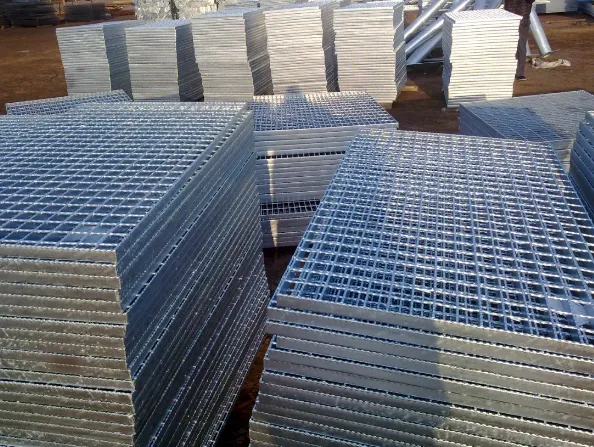Sound Absorbing Barriers An Effective Solution to Noise Pollution
In today's rapidly urbanizing world, noise pollution has become an increasingly significant concern. From bustling city streets filled with honking cars to the constant hum of construction work, excessive noise can lead to various adverse effects on both physical and mental health. As a response to this challenge, sound absorbing barriers have emerged as a practical solution for mitigating noise pollution. This article explores the concept of sound absorbing barriers, their design, applications, and benefits.
What Are Sound Absorbing Barriers?
Sound absorbing barriers are structures specifically designed to reduce noise levels by absorbing sound waves rather than reflecting them. Unlike traditional sound barriers, which primarily deflect noise away from a specific area, absorbing barriers are made from materials that can capture sound energy, thus diminishing the overall sound that reaches the other side. Common materials used in these barriers include porous materials like acoustic panels, fiberglass, and specialized sound-absorbing foams.
Design and Construction
The effectiveness of sound absorbing barriers heavily relies on their design and materials. A well-constructed sound absorbing barrier typically incorporates multiple layers of sound-absorbing materials, allowing for enhanced performance across various frequencies. The thickness, density, and porous nature of these materials play a crucial role in their ability to absorb sound waves. Additionally, the barrier's height and length are also important factors; taller and longer barriers can block more sound.
The design may also include aesthetic considerations, as urban environments often require solutions that blend harmoniously with the surroundings. Some barriers are designed with green features, incorporating plants or green walls to help integrate them into the landscape while also providing additional sound absorption.
Applications of Sound Absorbing Barriers
Sound absorbing barriers find applications in numerous settings. One of the most common uses is alongside highways and major roads. The constant flow of traffic generates significant noise, which can disturb nearby residential areas. Installing sound absorbing barriers along these routes can significantly decrease noise pollution and improve the quality of life for residents.
sound absorbing barriers

Another essential application is in industrial settings. Factories and manufacturing plants often produce loud machinery that can create a disruptive environment for workers and nearby communities. Implementing sound absorbing barriers around these facilities can not only protect workers' hearing but also minimize the impact on surrounding neighborhoods.
In addition to transportation and industrial uses, sound absorbing barriers are increasingly being employed in urban development projects, parks, and recreational areas. With the rise of mixed-use developments that combine residential, commercial, and public spaces, these barriers can help create quieter amenities for residents and visitors.
Benefits of Sound Absorbing Barriers
The benefits of installing sound absorbing barriers are multifaceted. Primarily, they significantly reduce the perception of noise, creating a more peaceful environment. This is particularly crucial for residential areas, as excessive noise can lead to stress, sleep disturbances, and various health issues, including hypertension and anxiety.
Furthermore, sound absorbing barriers can increase property values. Homes located in quieter neighborhoods tend to be more desirable, and the presence of effective noise mitigation solutions can enhance the overall allure of an area. For businesses, reducing noise levels can improve productivity and employee satisfaction, leading to better operational outcomes.
In terms of environmental impact, sound absorbing barriers can contribute to enhanced biodiversity when designed with natural elements. Green barriers not only absorb sound but also provide habitats for various plant and animal species. This dual function aligns with sustainable development goals, promoting a healthier ecosystem while addressing noise pollution.
Conclusion
As urban noise pollution continues to escalate, sound absorbing barriers represent a crucial innovation in the quest for quieter, healthier living environments. By effectively capturing and reducing sound, these barriers can mitigate the stress associated with excessive noise, improving quality of life for countless individuals. Moreover, their versatility and adaptability make them a vital component of modern urban planning and design. Ultimately, investing in sound absorbing barriers is an essential step towards creating more serene and sustainable urban environments.
-
The Best Metal Mesh Solutions: Expanded Aluminum Metal vs. Expanded Stainless Steel Metal
NewsSep.10,2024
-
Round Perforated Sheets vs. Hexagonal Perforated Sheets vs. Embossed Perforated Sheet Metal
NewsSep.10,2024
-
Perforated Metal Sheets
NewsSep.10,2024
-
Experience The Excellence Of Stainless Steel Grating
NewsSep.10,2024
-
Discover the Versatility Of Metal Mesh Expanded Forming Machines
NewsSep.10,2024
-
Discover The Advantages Of Steel Grating For Sale
NewsSep.10,2024
Subscribe now!
Stay up to date with the latest on Fry Steeland industry news.

